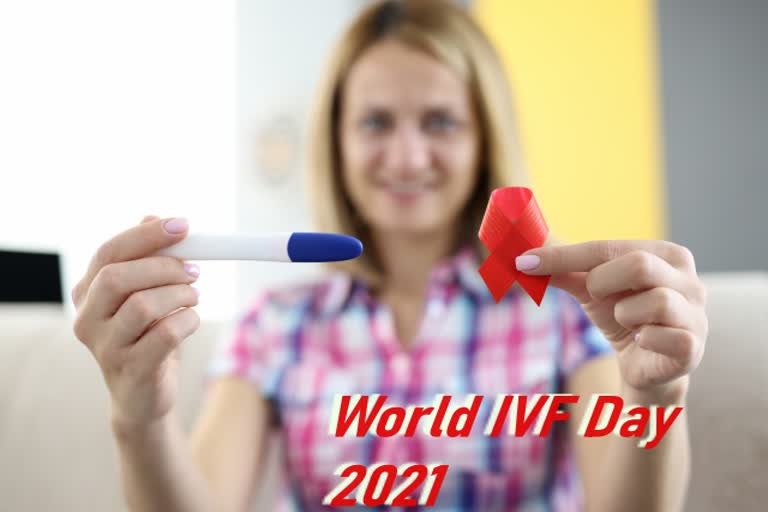What is IVF?
In vitro fertilization (IVF) is a complex series of procedures used to help with fertility or prevent genetic problems and assist with the conception of a child.
During IVF, mature eggs are collected (retrieved) from ovaries and fertilized by sperm in a lab. Then the fertilized egg (embryo) or eggs (embryos) are transferred to a uterus.
One full cycle of IVF takes about three weeks. Sometimes these steps are split into different parts and the process can take longer. IVF is the most effective form of assisted reproductive technology. The procedure can be done using your own eggs and your partner's sperm.
Your chances of having a healthy baby using IVF depend on many factors, such as your age and the cause of infertility. In addition, IVF can be time-consuming, expensive, and invasive. If more than one embryo is transferred to your uterus, IVF can result in a pregnancy with more than one fetus (multiple pregnancies).
Dr. S. Vyjayanthi, from Mother to be Fertility, KIMS Fertility Centre, explained the process of IVF and also for whom she recommends the treatment, and the recommendations are:
- Blocked Fallopian tubes
- Unexplained infertility-where routine tests do not indicate any abnormality in the couple
- Male factor severe abnormalities in the sperm parameters including very low sperm count/ motility
- Moderate/severe Endometriosis
- Advanced female age
- Poor ovarian reserve
History of IVF:
On July 25, 1978, Louise Joy Brown, the world’s first baby to be conceived via in vitro fertilization (IVF) is born at Oldham and District General Hospital in Manchester, England, to parents Lesley and Peter Brown.
The healthy baby was delivered shortly before midnight by cesarean section and weighed in at five pounds, 12 ounces.
Before giving birth to Louise, Lesley Brown had suffered years of infertility due to blocked fallopian tubes. In November 1977, she underwent the then-experimental IVF procedure.
A mature egg was removed from one of her ovaries and combined in a laboratory dish with her husband’s sperm to form an embryo.
The embryo then was implanted into her uterus a few days later.
Her IVF doctors, British gynecologist Patrick Steptoe and scientist Robert Edwards, had begun their pioneering collaboration a decade earlier.
Louise’s birth made headlines around the world and raised various legal and ethical questions. The Browns had a second daughter, Natalie, several years later, also through IVF.
In May 1999, Natalie became the first IVF baby to give birth to a child of her own. The child’s conception was natural, easing some concerns that female IVF babies would be unable to get pregnant naturally.
